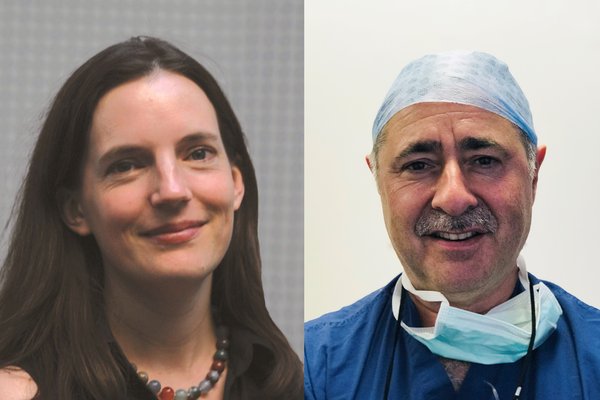
What is infertility?
Wellbeing of Women has invested £192,724 into Dr Jane Cleal’s research into understanding why some women struggle to become pregnant or experience miscarriage

Wellbeing of Women has invested £4,800 into Dr Heather Garthwaite’s research into whether an invasive test is the best way of determining whether a woman going through fertility treatment is at risk of having a multiple pregnancy

Since 1983, the generous establishment of six UK research centres has transformed how experts treat recurrent miscarriage, cancer and pregnancy complications

Wellbeing of Women has invested £199,267 in Professor Molly Stevens and Richard Smith’s project to treat a condition that causes infertility and pregnancy loss